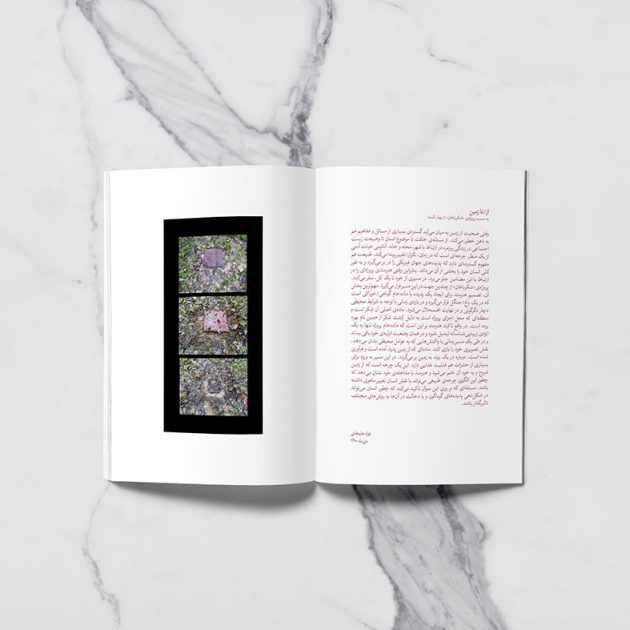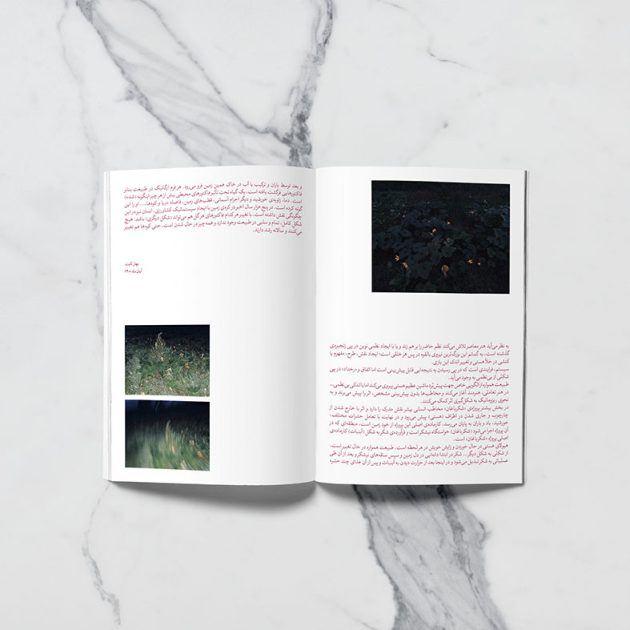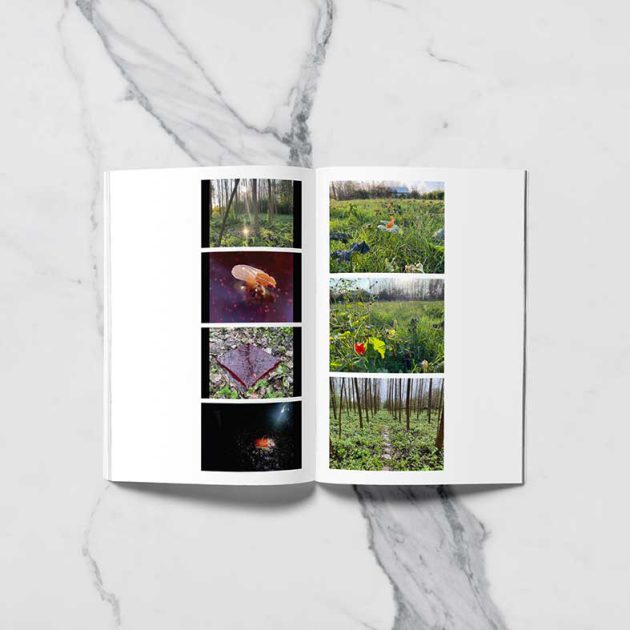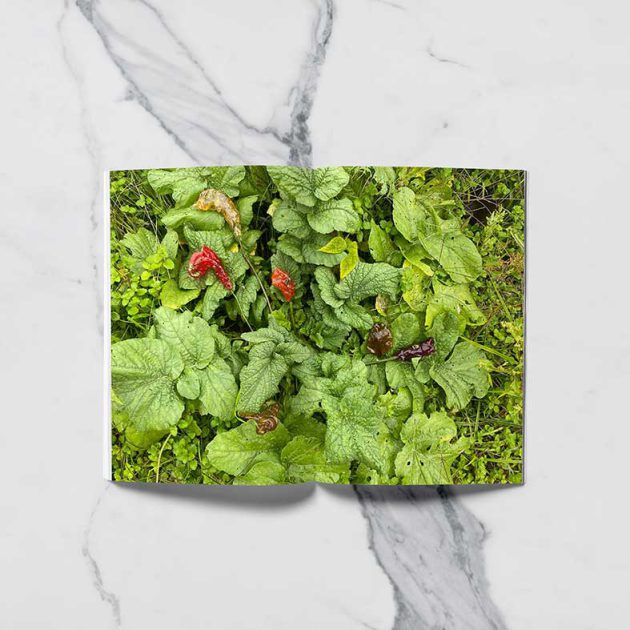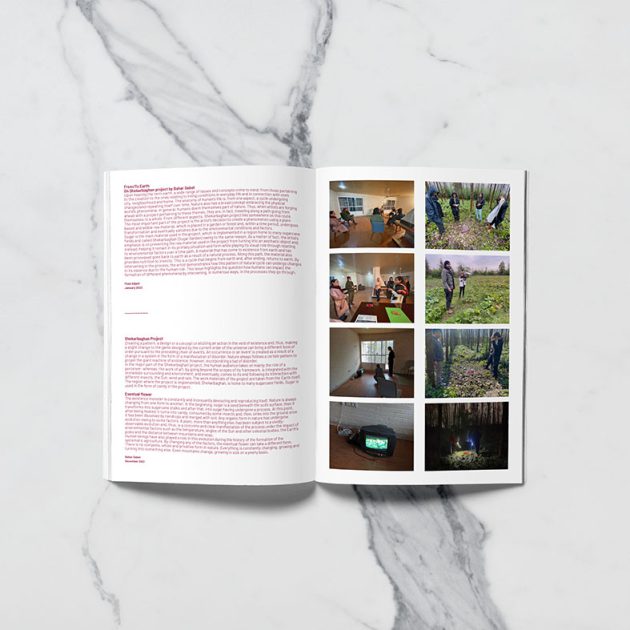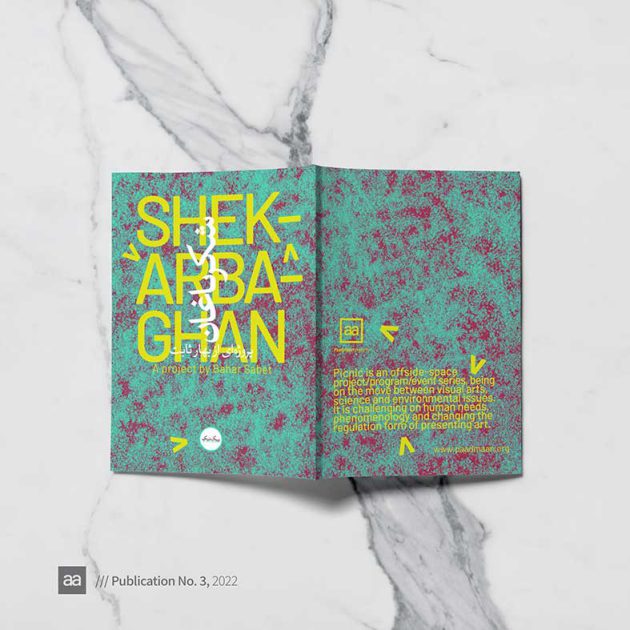
Publication No.3, 2022
/// Shekarbaghan is a process-based project by Bahar Sabet with an autonomous and interdisciplinary approach, currently being implemented in one of the regions of Gilan province. In this project, Bahar emphasizes the journey and its concepts rather than focusing solely on the final output. This marks the second edition of the Picnic project.
From/To Earth
On the Shekarbaghan project by Bahar Sabet
The term ‘earth’ evokes a wide range of issues and concepts, from those related to creation to living conditions in everyday life, and connections to one’s city, neighborhood, and home. The anatomy of human life is, from one perspective, a cyclical process of change and repetition over time. Nature itself encompasses the broad spectrum of physical phenomena in the world. Generally, humans consider themselves as part of nature. Therefore, when artists embark on projects exploring these themes, they are essentially journeying from the personal to the universal. In various respects, the Shekarbaghan project is situated along this path.
Central to the project is the artist’s decision to create a phenomenon using a plant-based and edible raw material, placed within a garden or forest, where it undergoes transformation and eventually dissipates due to environmental conditions and factors over time. Sugar serves as the primary material, chosen for its relevance to the region abundant with sugarcane fields, known as Shekarbaghan (Sugar Garden). Importantly, the artist emphasizes avoiding the transformation of the project’s raw material into an aesthetic object. Instead, it retains its original state and form, visually evolving in response to environmental influences along its temporal trajectory. This material, born from the earth and processed, returns to the earth naturally, contributing nutrition to insects in its cycle.
Through intervening in this process, the artist demonstrates how human intervention can alter the essence of natural cycles. This exploration raises questions about the ways humans influence the formation of diverse phenomena through their interventions.
Foad Alijani / January 2022
